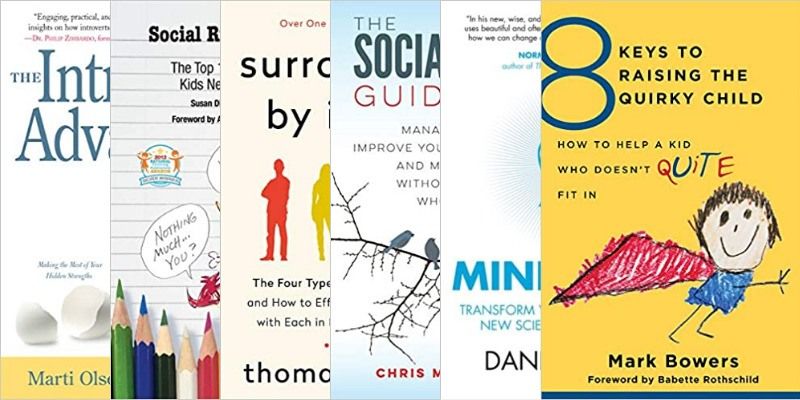Narrative therapy is a form of therapy that focuses on helping individuals reframe and reinterpret their life experiences. By shifting the focus from problems to possibilities, narrative therapy can help individuals create new narratives that empower them and enable them to make positive changes in their lives. There are many different techniques and worksheets that can be used in narrative therapy to help individuals explore their stories and create new narratives. Here are 19 of the best narrative therapy techniques and worksheets to help guide clients through this process.
1. Externalizing the Problem: This technique involves helping clients separate themselves from their problems. By externalizing the problem, clients can gain a new perspective and begin to see themselves as separate from their difficulties.
2. Scaffolding Questions: These are questions that are designed to help clients reflect on their experiences and build on their existing narratives. Scaffolding questions can help clients gain a deeper understanding of their stories and uncover hidden meanings.
3. Mapping Influences: This technique involves helping clients explore the various influences in their lives that have shaped their current narratives. By mapping out these influences, clients can gain a clearer understanding of how their stories have been constructed.
4. Letter Writing: This technique involves having clients write letters to themselves, other people, or even their problems. Letter writing can be a powerful tool for expressing emotions and gaining insight into one’s thoughts and feelings.
5. Reauthoring: Reauthoring involves helping clients rewrite their stories in a way that empowers them and highlights their strengths and resiliency. By reauthoring their narratives, clients can create new possibilities for themselves.
6. Narrative Metaphors: Using metaphors can help clients think about their experiences in a new way. Metaphors can be a powerful tool for uncovering deeper meanings and exploring different perspectives.
7. Witnessing: This technique involves having clients share their stories with a supportive witness who can listen without judgment. Being witnessed can help clients feel validated and heard, which can be a powerful healing experience.
8. Outsider-witness practices: This technique involves bringing in an outsider to listen to a client’s story and provide a fresh perspective. The outsider can offer new insights and help clients see their stories in a different light.
9. Thickening the plot: This technique involves encouraging clients to explore the complexities and nuances of their stories. By “thickening the plot,” clients can gain a deeper understanding of their experiences and uncover hidden meanings.
10. Retelling Stories: This technique involves having clients retell their stories in different ways. By retelling their stories, clients can gain new insights and perspectives on their experiences.
11. Double-listening: This technique involves listening to both the client’s dominant narrative and their alternative stories. By double-listening, therapists can help clients explore different perspectives and possibilities.
12. The Tree of Life: This worksheet involves drawing a tree that represents the client’s past, present, and future. The tree can help clients visualize their strengths and resources, as well as their hopes and aspirations.
13. The Life Line: This worksheet involves drawing a line that represents the client’s life journey. By mapping out significant events and experiences on the life line, clients can gain insight into their narratives and how they have been shaped over time.
14. The Miracle Question: This technique involves asking clients to imagine a miracle has occurred and their problems have been solved. By exploring what their life would look like after the miracle, clients can gain insight into their goals and aspirations.
15. The Sparkling Moments: This worksheet involves reflecting on positive experiences and “sparkling moments” in the client’s life. By focusing on moments of joy, success, and growth, clients can build on their strengths and resilience.
16. The Outsider’s Perspective: This technique involves having clients imagine how an outsider would view their story. By seeing their story from a different perspective, clients can gain new insights and possibilities.
17. Finding Exceptions: This technique involves identifying times when the client’s problems were not present or were less intense. By finding exceptions, clients can uncover strengths and resources that can help them overcome their challenges.
18. The Story of Success: This worksheet involves writing a narrative of success that highlights the client’s achievements, strengths, and resilience. By focusing on their successes, clients can build confidence and hope for the future.
19. The Re-membering Conversations: This technique involves helping clients remember and reconnect with parts of themselves that have been disowned or forgotten. By re-membering these parts, clients can reclaim their identities and narratives.
In conclusion, narrative therapy is a powerful form of therapy that can help individuals create new narratives that empower them and enable them to make positive changes in their lives. By using techniques and worksheets like those listed above, clients can explore their stories, uncover hidden meanings, and build on their strengths and resources. If you are interested in trying out narrative therapy techniques with your clients, be sure to check out the included PDF with worksheets to help guide your practice.



